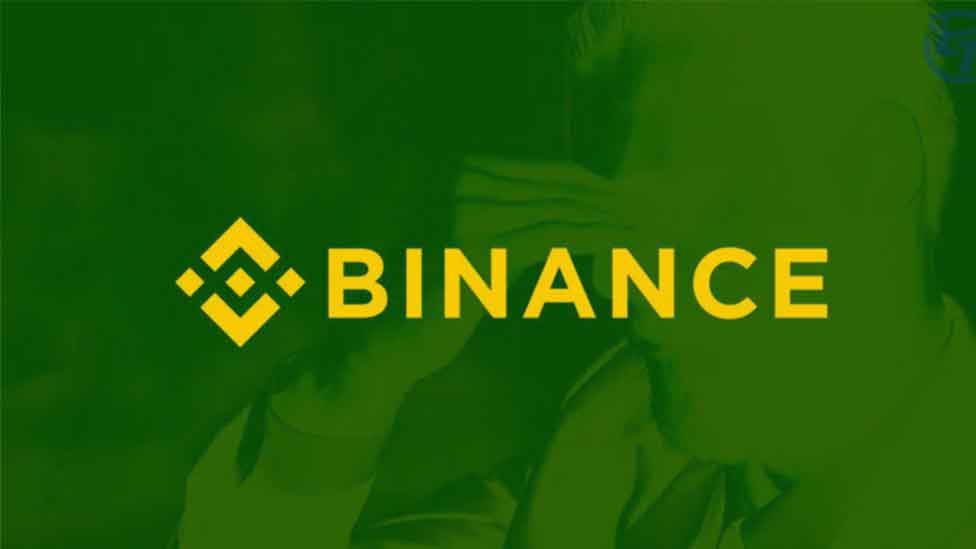A cryptocurrency enthusiast inadvertently ignited a social media firestorm after mistakenly sending a rare Bitcoin Ordinal—a form of digital collectible akin to NFTs—to a Binance Bitcoin deposit address. The error led to accusations of digital theft against the exchange, before a twist in the tale revealed a far more mundane explanation.
The incident began when the user transferred the image-based Ordinal to his Binance wallet, ignoring clear warnings that only standard Bitcoin should be sent to those addresses. Realizing his mistake, he reached out to Binance’s customer support, only to be told that the asset could not be recovered.
Days later, the user was astonished to discover the same Ordinal for sale on Magic Eden, a well-known marketplace for digital artifacts, after assuming the collectible was gone forever. Persuaded of wrongdoing, he accused Binance staff members of surreptitiously obtaining and reselling the Ordinal on X (previously Twitter).
The accusations swiftly gained widespread attention and infuriated the cryptocurrency community. Numerous people denounced Binance, calling it a “criminal organization” and calling on Changpeng Zhao, the exchange’s founder, to answer for his actions.
However, the narrative shifted when the user learned about a niche practice known as “sats panning.” In the world of Bitcoin, Ordinals are inscribed onto specific satoshis—the smallest unit of Bitcoin. At major exchanges like Binance, customer deposits are pooled together in what are known as commingled funds. When users withdraw funds, they receive random satoshis from this pool, with no regard for whether those units carry embedded Ordinals.
In this instance, the satoshi containing the lost Ordinal was inadvertently obtained by a fortunate collector while making a regular withdrawal. The habit of withdrawing and inspecting satoshis in hopes of uncovering valuable inscriptions has increased in popularity, bringing similarities to gold digging.
The user later deleted his accusatory post, acknowledging the mix-up. Binance has not issued an official comment on the matter, but the viral buzz continues to swirl around the misunderstood incident.
Ultimately, the saga highlights both the complexities of blockchain-based assets and the risks of user error in the still-evolving world of crypto collectibles.
















